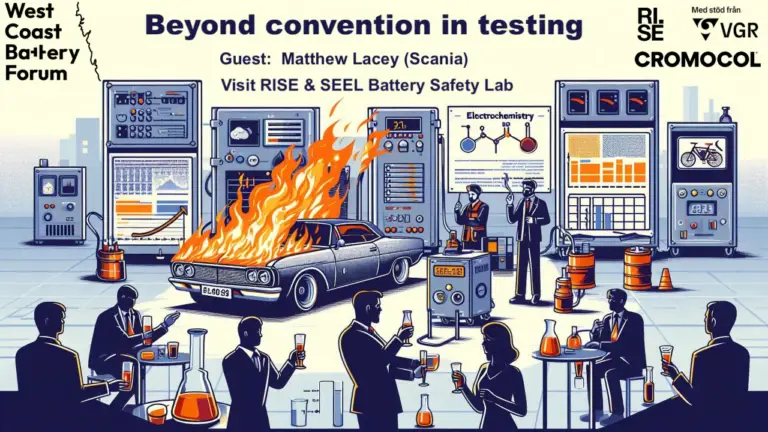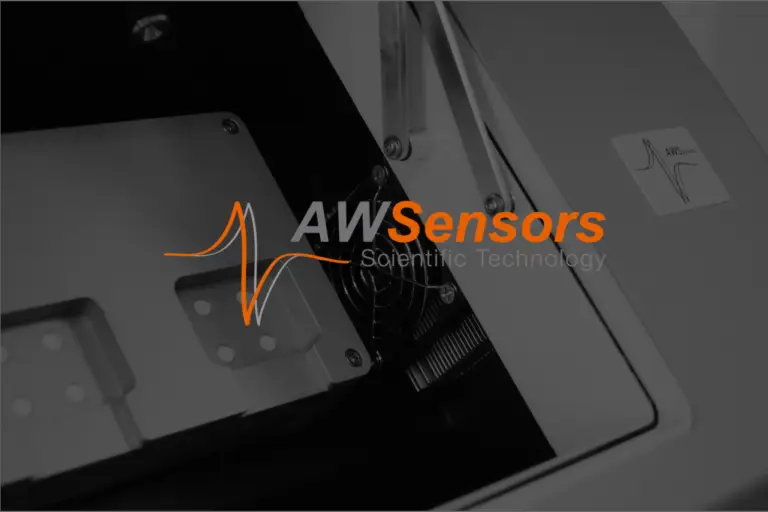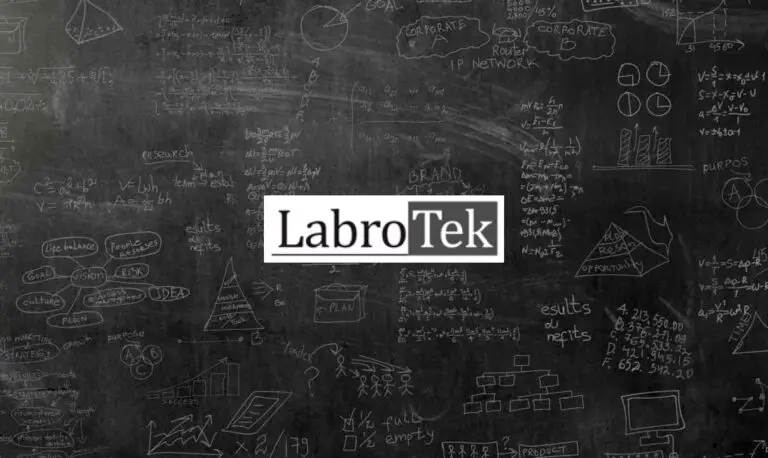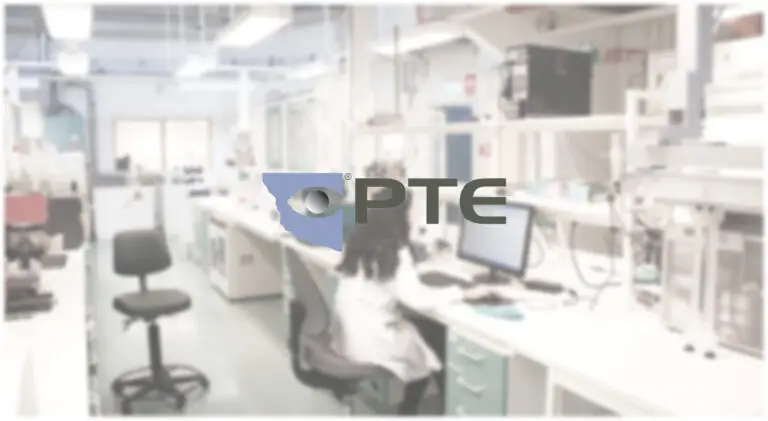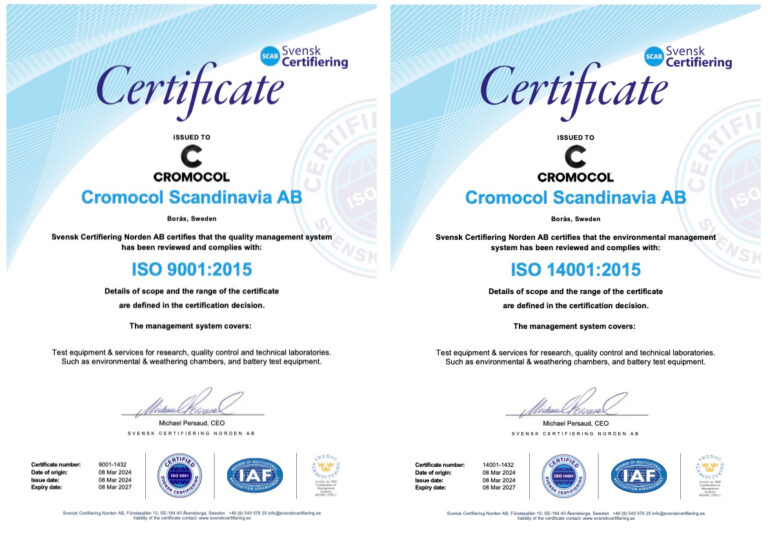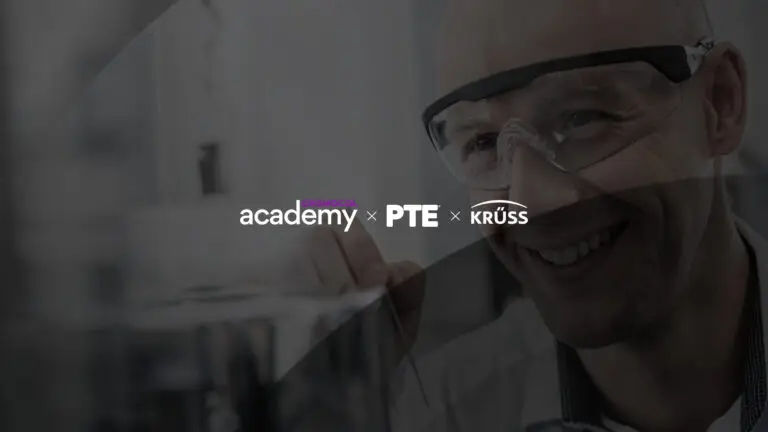
UNLOCK THE SCIENCE BEHIND PERFECT PACKAGING: April 9 2025
April 9, 2025 @ Cromocol in Borås, Sweden. Cromocol and PTE invites you to an exclusive seminar with Krüss, where we dive into the essential factors for achieving precision in ink and coating applications. Discover how to optimize surface treatment, enhance adhesion, and implement effective quality control to minimize defects.

